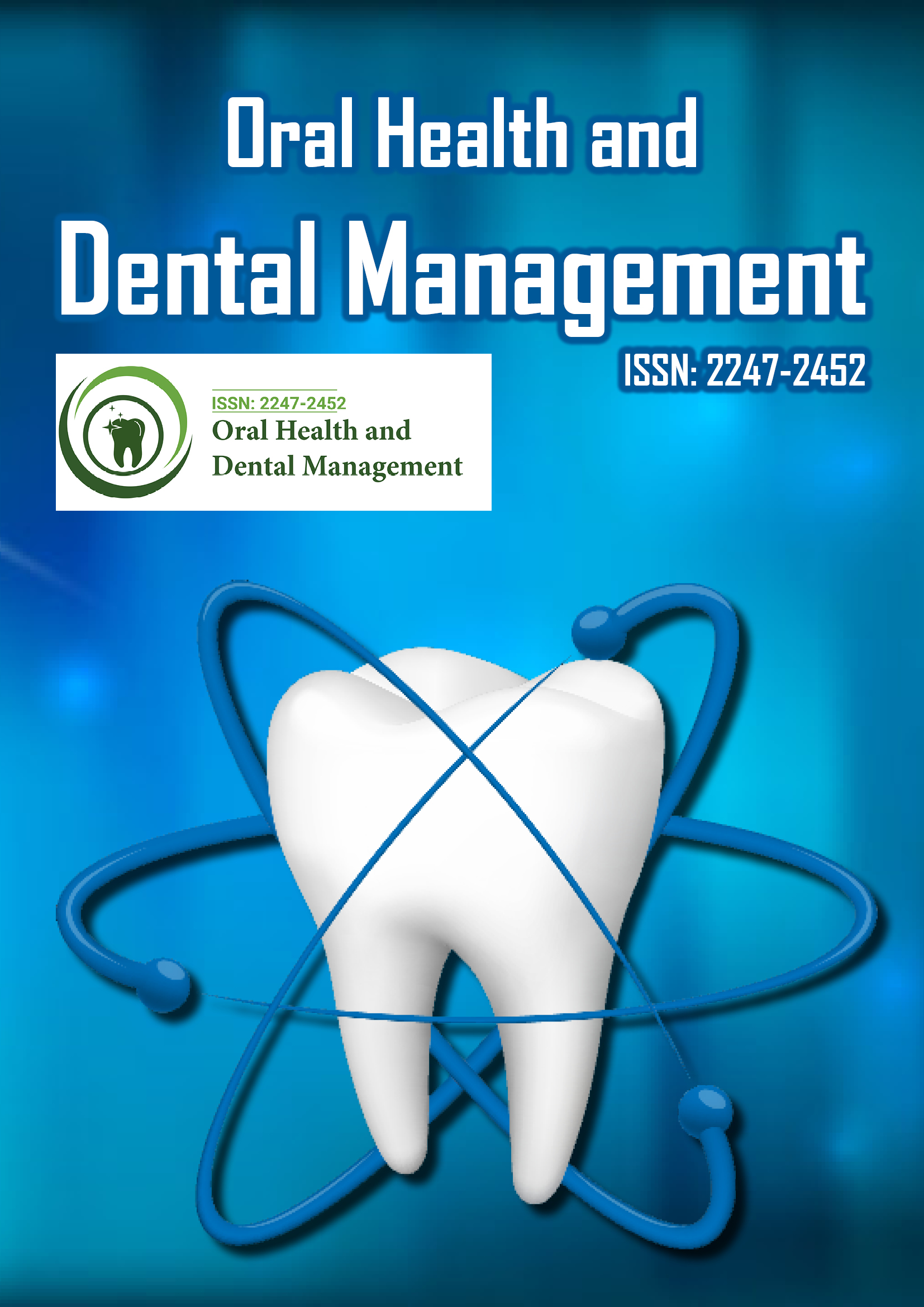Indexed In
- The Global Impact Factor (GIF)
- CiteFactor
- Electronic Journals Library
- RefSeek
- Hamdard University
- EBSCO A-Z
- Virtual Library of Biology (vifabio)
- International committee of medical journals editors (ICMJE)
- Google Scholar
Useful Links
Share This Page
Journal Flyer

Open Access Journals
- Agri and Aquaculture
- Biochemistry
- Bioinformatics & Systems Biology
- Business & Management
- Chemistry
- Clinical Sciences
- Engineering
- Food & Nutrition
- General Science
- Genetics & Molecular Biology
- Immunology & Microbiology
- Medical Sciences
- Neuroscience & Psychology
- Nursing & Health Care
- Pharmaceutical Sciences
Hua-Hong Chien

Hua-Hong Chien
Clinical Associate Professor, Division of Periodontology
The Ohio State University, USA
Biography
Dr. Chien was born and raised in Taiwan. He obtained his dental degree from China Medical University, Taiwan in 1986. He then attended the State University of New York at Buffalo, School of Dental Medicine from 1990 to 1997, where he received his PhD in Oral Biology and Certificate in Periodontics. Dr. Chien moved back to his native country, Taiwan, in November 1997 and served as a full time faculty at China Medical University. In 2001, he was appointed as the Dean in the School of Dentistry at China Medical University. He accepted a faculty position in the College of Dentistry at The Ohio State University, where he works as a clinical associate professor for the Division of Periodontology. He became a Diplomate of the American Board of Periodontology in 2009. Dr. Chien was the recipient of the awardfor Outstanding Periodontal Educator from American Academy of Periodontology in 2013.
Research Interest
Research Interests
1. Cone Beam Computed Tomography (CBCT) study on ridge-split technique on the thin jaw bone in conjunction with implant placement
2. Cytokine Profiles Expression on Platform-switching implants during soft tissue healing
3. Ridge preservation study using the histomorphometric, CBCT, and micro CT analysis
4. Treatment of peri-implantitis
Descriptive of Research
My major focus of scholarly activity since starting at OSU has been dental implant research. Currently, we conduct studies to 1). Examine implant stability, radiographic bone loss, implant success and implant survival rate using the ridge-split technique on the thin maxilla or mandible in conjunction with implant placement; 2). Investigate the influence of platform switching (smaller healing abutment) on the composition of perio-implant crevicular fluid and how it affects soft tissue healing; 3). Assess the effects of a modified implant abutment design on peri-implant soft and hard tissues in dogs; 4). Determine whether the use of a uniquely-designed polylactic acid membrane can improve the quantitative and qualitative aspects of new bone formation compared to extraction alone – a histomorphometric, CBCT, and micro CT analysis; and 5). Evaluate the efficacy of a locally delivered antibiotic, Minocycline HCl Microspheres, for the treatment of peri-implantitis, when used as an adjunct to mechanical debridement.
